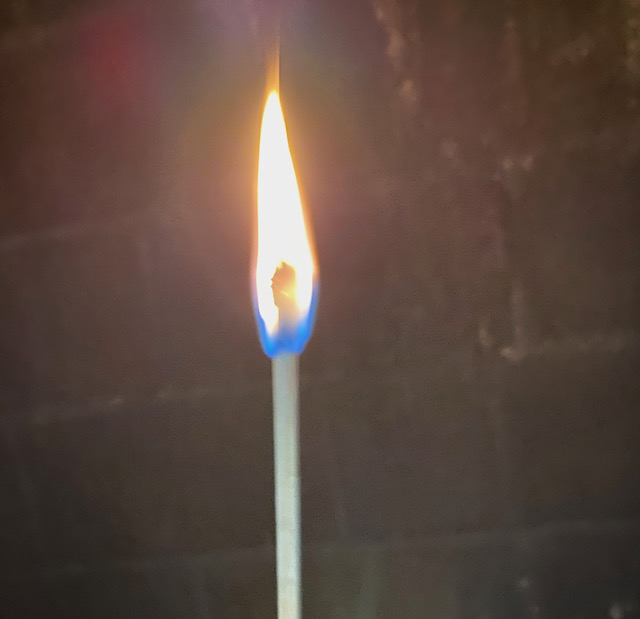Fire is such a natural metaphor for anger they’re woven together into our language. Fire can “rage.” We “burn” with anger. Fire, like anger, can catch without warning and blaze out of control. Or it can smolder unnoticed, waiting for enough fuel and air to make itself known.

Fire is also a life-giving element. It brings warmth and light. It transforms food into nourishment. Fire makes it possible for metal to be shaped by the smith.
Likewise, anger has life-giving qualities. It brings information, showing us when an important line has been crossed. The power of anger plays a role in our survival. It generates the energy we need to counter a threatening force, whether the danger is to our safety and survival, our sense of justice, or our sense of worth.
But when anger takes over it means we’re no longer in charge. The anger of others easily triggers that response in ourselves. Our instinctive reaction of fight, flight, or freeze is revved up, and we don’t get to choose how to respond. Instead, we slip into unconscious automatic patterns that formed long ago. For some people, anger brings on a volcanic eruption that drives others away. For others, the pattern ignites a backfire that depletes the available oxygen.
The Enneagram is the most effective tool I’ve found for growing beyond our habitual reactions. Learning our Enneagram type helps us become aware of our pattern and recognize when we’re caught in it. Rising anger is instinctive, and our reaction to it becomes wired into our nervous system from a very young age. The body experiences anger before the mind has a chance to process it. Anger-driven reactivity looks very different for each Enneagram type, but being caught there is to give up control and choice.
Being caught in our type pattern means we’re not free. It also means that our view of the world is distorted. Our lives and our relationships suffer for it. But if we can learn to recognize what’s happening, we can respond in a way that serves us better. We can use the energy and information anger brings, while choosing our response with more wisdom and skill.
This begins with noticing when anger begins to ignite our automatic responses, and allowing a counter-intuitive pause. Take a deep breath. Our nervous system gears up as if we don’t have time to think, as if our survival is at stake. It takes a few moments to process the reality that we have a choice. Pausing creates a space in which we can decide how best to respond.
We need the clarity and power that anger brings. Yet it raises internal alarms because anger and danger look and feel similar. It takes practice to discern what’s really happening, calm the alarm, and respond in a more effective way. It’s simple, but it’s not easy.
That this is possible at all feels miraculous. Practicing the pause makes new options available. It grants us more freedom in how to live than we might ever have imagined.
David Daniels, cofounder of The Narrative Enneagram school where I did my training, has written about anger and the enneagram here.
Susan Christerson Brown
